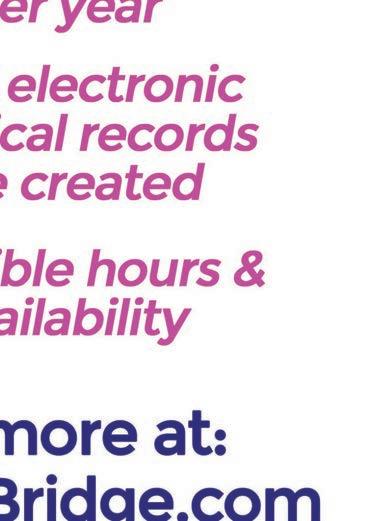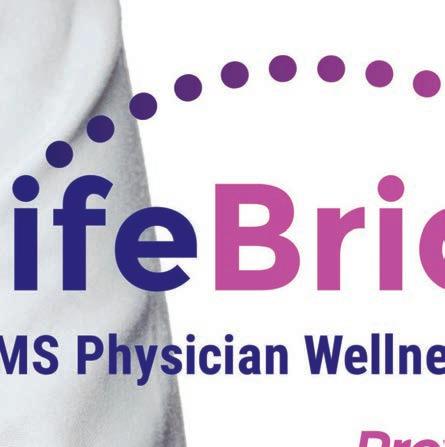
1 minute read
DCMS Member Bene ts


Advertisement








Telehealth on The Rise
The use of telehealth is growing faster than ever, especially in this time of social distancing. We are in a day and age where we have the technology for telehealth and the majority of the U.S. population is very comfortable and familiar with using video chat apps. Many people now also have access to a computer or mobile device to use these apps. With a changing dynamic on how we deliver and receive healthcare, telehealth is revolutionizing the industry.
Though the terms telehealth and telemedicine are used interchangeably, telemedicine is a subset of telehealth. The scope of telehealth is broader and refers to providing any health services using telecommunications. Telemedicine is more specific and refers to the practice of medicine using telecommunications to deliver care at a distance.
While most people might envision a live video chat when they think of telemedicine, there are three main types of telemedicine. The store-and-forward type of telemedicine allows healthcare providers to forward and share a patient’s medical records and data with another provider at a different location. Remote patient monitoring is when a doctor monitors their patient’s vitals and other health information from another location. The real-time type of telemedicine consists of a live consultation between a healthcare professional and patient, or even between health professionals, using telecommunication.
The Growth of Telemedicine
Telemedicine has been around for a while, but its uses have changed and evolved over time to better fit the needs of healthcare delivery. Its original use was to treat patients in rural areas with a shortage of healthcare providers. But now, telemedicine is being used more for the convenience it provides patients and providers.






